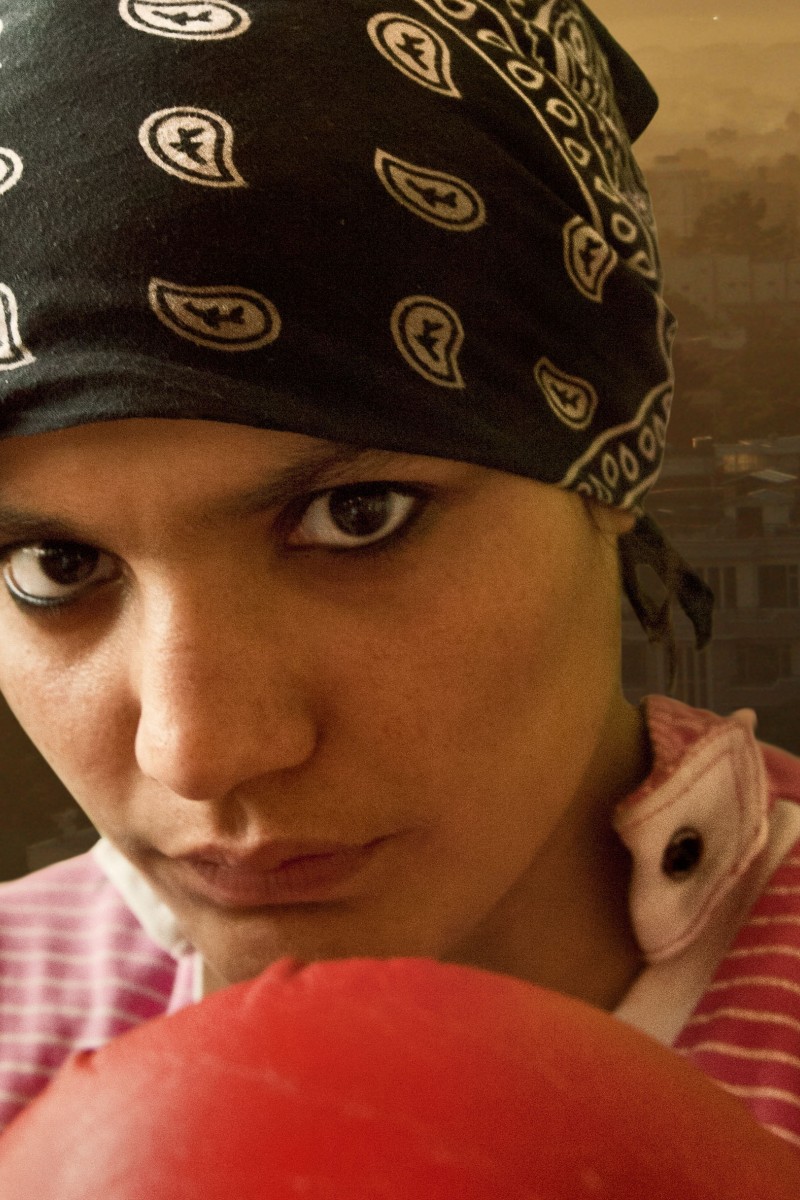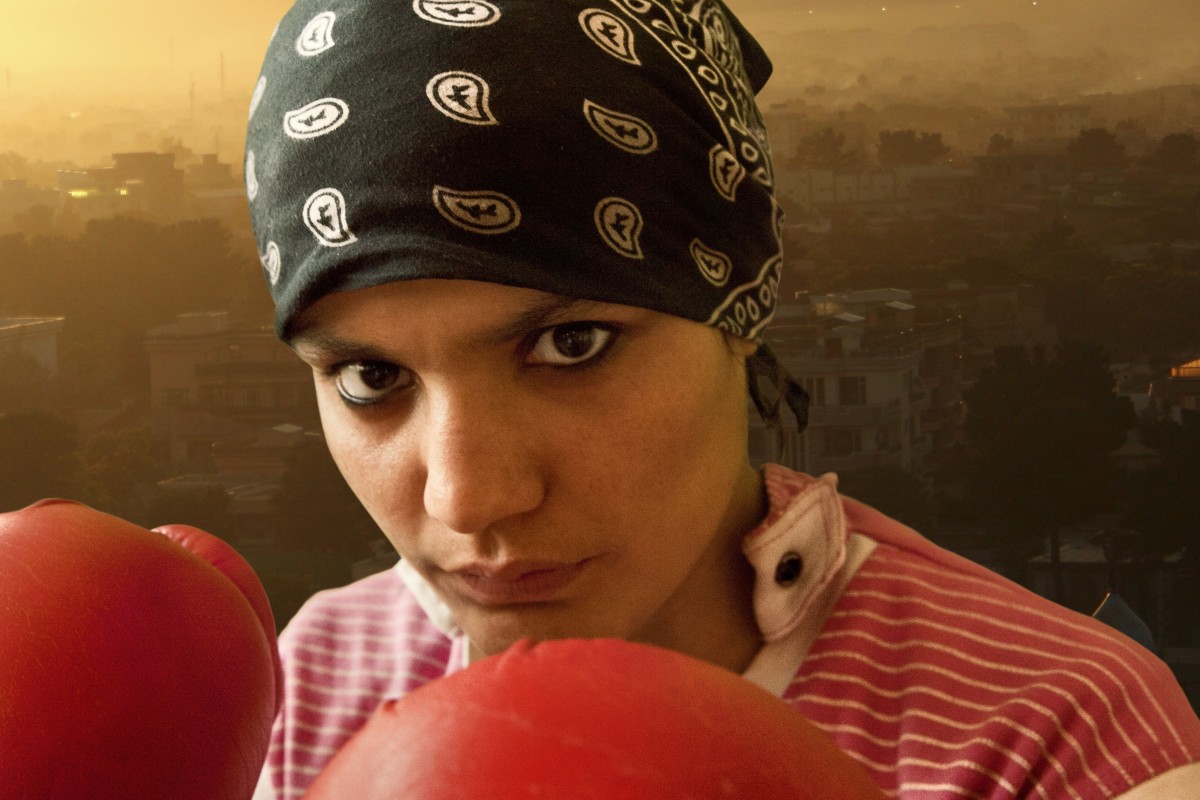
Documentary film Boxing for Freedom puts the spotlight on the plight of women in Afghanistan
Young Post caught up with co-director Silvia Venegas to talk about how a young Afghan girl is fighting for change
 Sadaf Rahimi joined the Afghan boxing team at age 13.
Sadaf Rahimi joined the Afghan boxing team at age 13.Under Taliban rule from 1996 to 2001, women in Afghanistan were banned for studying, working, or leaving their house without a male chaperone. After the fall of the Taliban, girls have been able to go to school, but many drop out early to get married. It is still highly risky to be a women in Afghanistan. Documentary Boxing for Freedom follows Sadaf Rahimi, one of the top female boxers in the country who has gone from fighting in the ring to struggling for women’s rights.
Boxing for Freedom is showing in several cinemas as part of the UNHCR Charity Refugee Film Festival. Young Post caught up with co-director Silvia Venegas about making the documentary.
What inspired you to make Boxing for Freedom? What problem are you addressing with the documentary?
We are interested in the stories of people who rebel against their fate in countries immersed in conflict. Afghanistan was one of them, and we were interested in this new generation of women who are breaking barriers, doing things their mothers never did.
Boxing for Freedom is a film in favour of individual freedom and against the traditions imposed by the society. We met Sadaf Rahimi in 2011 in Kabul during the production of another documentary in Afghanistan, Life Beyond the Battle. The filming began when Sadaf was 17 years old and it took us four years. We depict the transformation of a girl who wants to be a boxer, into a woman who fights for the rights of women.
Tell us about the first time you met Sadaf? What did she say or do that inspired you to feature her in your documentary?
She was an extraordinary young Afghan girl. When she was 13, she joined the brand new Afghan boxing team without the consent of her parents. She told us: “I don’t know why my life is interesting.” She is not only young, but brave and humble. Sadaf is not only the best female boxer in Afghanistan, but she also represents the empowerment of a new generation of Afghan women. Besides Sadaf our documentary also brings together the voices of other women: mothers, teachers, activists and sportswomen.
What were the biggest challenges to making the documentary?
It wasn’t easy to get funding. The documentary has developed for four years and most of the funding comes from our production company, Making DOC. We also had to be cautious when filming. Most of the documentary was recorded indoors because it isn’t easy to just whip a camera out in the streets of Kabul (the capital of Afghanistan).
How do you get your subjects to open up on such sensitive topics?
We’re always honest with our characters. We explain to them what we want to tell in the documentary.
How did you come up with the idea to give Sadaf a camera? Why was that important?
My co-director, Juan Antonio Moreno, and I have made documentaries where we gave cameras to our subjects to take photos, but this was the first time that we gave a videocamera. We decided so to empower Sadaf so that she could decide what to film and show us. Her camera plays a fundamental role in the narrative of the documentary, because her sister Shabnam and her mother Salima used it too.
How has being featured in the documentary changed Sadaf?
Sadaf has not changed. She still struggling to achieve their dreams.
How has the situation of women in Afghanistan changed since you started making the documentary?
The situation in Afghanistan is increasingly unstable. Some international media outlets are already talking about a civil war. This not only harms women but the entire country.
Do you have other projects planned in the future on this topic?
We have just finished our new documentary Kafana (Enough, Already!). It’s a revealing story about Saharawi refugees, their identity and their exile to the Algerian desert.
We have also made Words of Caramel, a short film directed by Juan Antonio Moreno. The story is about Kori, a deaf eight-year-old Sahrawi boy, who only recognises lip movements. His best friend is a little camel, Caramel, that Kori is trying to save by taking him to the desert, away from the refugee camp where he lives.
What do you think young people in Hong Kong can do to alleviate this problem?
We hope that the young people in Hong Kong learn with Sadaf to overcome the fear, to face new obstacles and to fight for their dreams even in the worst possible scenarios.
For more details and ticketing information for the Refugee Film Festival, click here.
